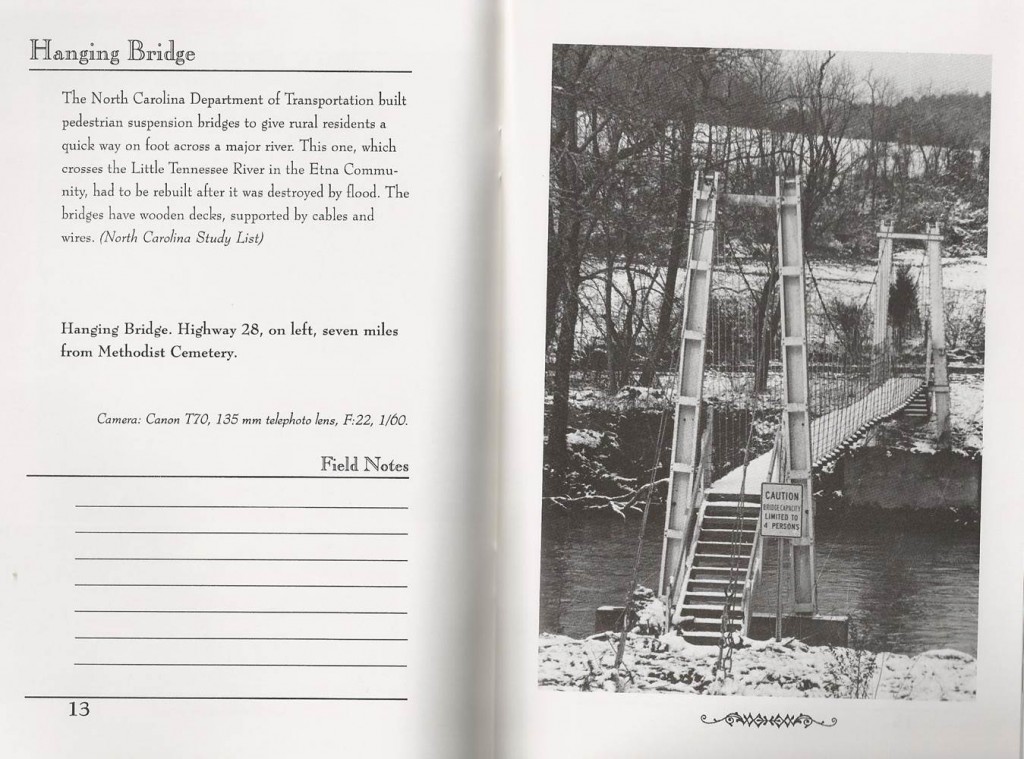The national debate over the safety of pedestrians and bicyclists on America’s streets oftentimes defaults to a discussion about trend-setters without recognizing that walking and bicycling are fundamental modes of urban transportation. In North Carolina, the General Assembly and Board of Transportation has systematically eliminated or drastically reduced funding for these basic transportation modes to the point that addressing their needs will never occur until policies change.
Unfortunately, these actions by policymakers and long-standing trends by the engineering profession to treat pedestrians and bicyclists as second-class citizens are having a detrimental effect on public health and the safety of our children and the most vulnerable users of the transportation system.
A deeper look at the pedestrian and bicyclist crash statistics in North Carolina from 1997 through 2010 reveals a more disturbing trend: How dangerous it is to be an African-American bicyclist or pedestrian.
A hallmark of NCDOT’s Bicycle and Pedestrian Transportation Division is its Pedestrian and Bicycle Crash Data Tool. If you haven’t perused the data for your community, you should see what the statistics say about where you live.
Basically, what I have found through analysis is that if you are African-American and live in North Carolina, you are:
- Twice as likely to be involved in a crash if you are a pedestrian or bicyclist than if you are white;
- 50% more likely to die as a pedestrian in a crash than if you are white;
- 33% more like to die as a bicyclist in a crash than if you are white; and
- Almost 2.5 times more likely to have your child involved in a pedestrian or bicyclist crash than if you are white.
These figures should shock you. They shocked me.
I then looked at the statistics for the 25 largest cities in North Carolina. Some city-specific statistics are:
- Raleigh is 29.3% African-American; but 46.1% of the pedestrian crash victims, 60.3% of the child pedestrian crash victims and 62.5% of the child bicycle crash victims are African-American.
- Wilmington is 19.9% African-American; but 40.8% of the pedestrian crashes in Wilmington involve African-Americans and 72.0% of the child pedestrian crash victims are African-American;
- Fayetteville is 41.9% African-American. 77.8% of the child pedestrian crash victims are African-American.
- Asheville is 13.4% African-American. 24.7% of the pedestrian crash victims are African-American.
- Wilson is 49.7% African-American but 87% of the bicycle crash victims are African-American children.
- Cary is 8.0% African-American but 15.9% of pedestrian crash victims are African-American and 19.7% of the child bicycle crash victims are African-American.
- Rocky Mount is 61.3% African-American while 81.3% of child pedestrian crash victims are African-American and 67.5% of pedestrian crash victims are African-American.
- Chapel Hill is 9.7% African-American but 29.3% of the pedestrian crash victims are African-American.
These statistics reflect many things beyond the race of the victim. They are tied to income and class issues, which is why they are an indicator for health concerns and tie directly to social determinants of health. (Police don’t collect income data when developing a crash report.)
They also reflect a need to advance more focused education and outreach efforts to low-income neighborhoods in addition to increased investment, a need for refinement of policies and prioritization methods to consider equity, and increased emphasis by cities, towns, counties, MPOs, and NCDOT to invest Transportation Alternative Program (TAP or TA) funds and other transportation funding sources to address these social equity issues.
The actions by the NC General Assembly and NC Board of Transportation to cut pedestrian and bicycle funding are leaving low-income communities more exposed to being victims of pedestrian and bicycle crashes, especially children.
As North Carolina sets program eligibility rules for their TAP funding, the pending requirement that projects that require right-of-way acquisition (or have minimal r/w acquisition) also appears to leave the low-income communities more vulnerable, as many pedestrian or bicycle facility improvement in city neighborhoods have fixed right-of-way when compared to suburban arterials in more affluent communities.
These statistics also emphasize the need to fully expend TAP and other non-motorized transportation funding instead of allowing tens of millions to go unspent, as was the case historically with the Transportation Enhancement and CMAQ programs.
Below are links to the spreadsheets with data tabulated for the 25 largest cities in North Carolina. See what you think. Then write your local elected officials, your NCDOT Board member and your MPO committees to let them know how you feel. I welcome your perspective.
Pedestrian Crash Data for NC’s 25 Largest Cities (1997-2010)
Bicyclist Crash Data for NC’s 25 Largest Cities (1997-2010)

